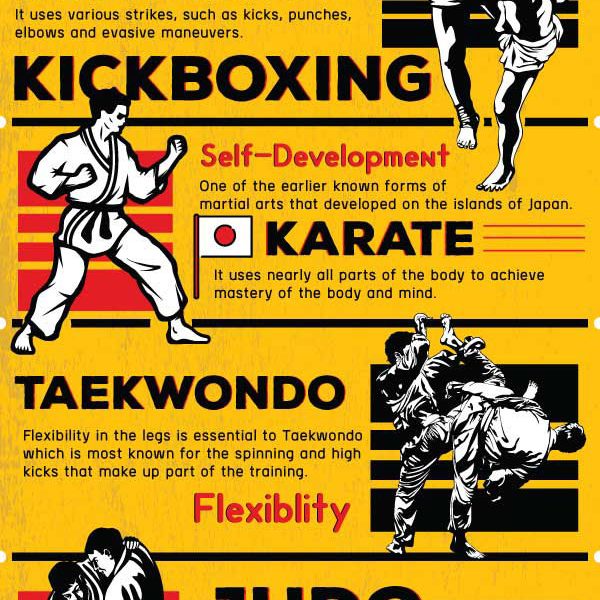Conventional Martial Arts Vs. Modern Fight Sports: Understanding The Trick Distinctions
Conventional Martial Arts Vs. Modern Fight Sports: Understanding The Trick Distinctions
Blog Article
Writer-Camp Sexton
When you consider martial arts, do you lean a lot more towards the traditional techniques or the contemporary combat sports? Each path supplies one-of-a-kind benefits and experiences, formed by their approaches and training techniques. Traditional martial arts emphasize individual growth and discipline, while modern battle sports focus on competition and performance. Comprehending these differences can assist you in picking the right technique for your journey. Yet exactly how do these differences show up in training and approach?
The Approach and Background Behind Typical Martial arts
While many individuals associate martial arts with physical fight, the ideology and background behind conventional martial arts run much deeper. You'll find that these self-controls highlight individual development, discipline, and respect.
Stemming from ancient techniques, typical martial arts were often developed for Self-Defense and spiritual development. They embody principles such as balance, harmony, and self-discipline, directing specialists beyond plain combating abilities.
As you educate, you'll not only discover techniques but likewise acquire understandings right into the society and worths that formed these arts. The routines and traditions, usually given with generations, cultivate a feeling of area and belonging.
The Affordable Nature of Modern Combat Sports
Modern fight sporting activities have changed the landscape of martial arts right into a very affordable field, where professional athletes face off in an examination of skill, technique, and endurance.
You'll observe that competitions are often organized with strict regulations and guidelines, ensuring fair play and safety. These events bring in big target markets, sustaining the excitement and strength of matchups.
Professional athletes educate rigorously, not just for physical prowess yet additionally for mental strength, recognizing that every information counts in the ring. The adrenaline thrill during competitions is apparent, as competitors push their restrictions to claim victory.
Fans value the athleticism and creativity included, making modern-day combat sports a thrilling phenomenon that remains to progress and captivate lovers all over the world.
Training Approaches and Methods: A Comparative Analysis
The competitive ambience of modern battle sporting activities needs ingenious training techniques that differ considerably from traditional martial arts.
In https://dojomartialartsforkids97532.ttblogs.com/15208513/encourage-yourself-unlock-your-prospective-with-self-defense-educating -day training, you'll concentrate on certain techniques, sparring, and conditioning, frequently utilizing drills that replicate genuine battle scenarios. You'll see an emphasis on measurable efficiency and regular competition to assess your skills.
On the other hand, conventional martial arts prioritize types, katas, and thoughtful teachings, often stressing discipline and respect over competition.
click web page is generally less intense and might include recurring technique instead of real-time sparring.
While both approaches build ability and fitness, modern fight sports provide a more vibrant and adaptable training environment, preparing you for instant challenges in the ring or cage.
Choose the course that straightens with your objectives and rate of interests.
Final thought
In choosing between typical martial arts and modern-day fight sporting activities, it truly boils down to what you value a lot of. If https://troyqxdhl.bligblogging.com/36157429/starting-a-journey-of-quality-martial-arts-academy-training trying to find individual growth, discipline, and a sense of area, typical arts may be your finest fit. But if you flourish on competitors and real-time challenges, contemporary fight sports could be the means to go. Eventually, both courses provide one-of-a-kind advantages, so it's everything about aligning your training with your personal goals and interests.
